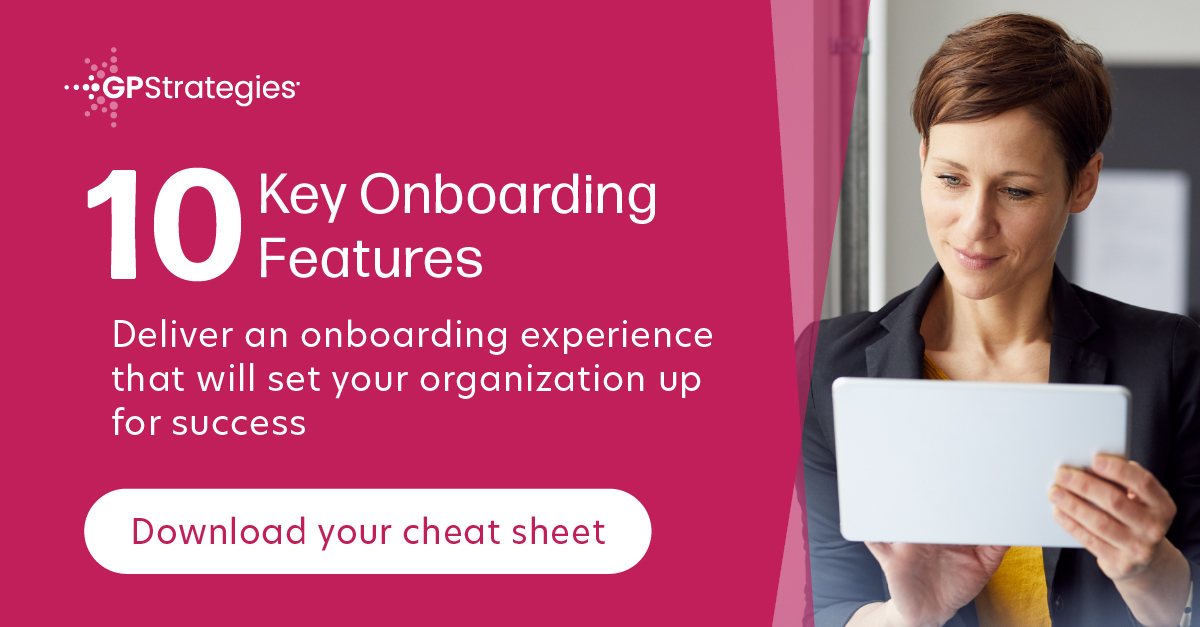Over the years, the term “corporate academy” has cycled in and out, and it is definitely on the rise right now. I’m often approached by clients about them, so what exactly is a corporate academy, why are they on the rise, and what does the future have in store for them?
What Is a Corporate Academy?
A corporate academy is a body of instruction or a learning experience that helps prepare someone for a job or a role in an organization.
We have worked with a lot of customers to create, for example, a marketing academy. A marketing academy builds up the capability of marketing expertise in an organization, for everybody from a marketing associate to a brand manager. A marketing academy enables all those folks to better do their jobs and has the goal of improving employee engagement and performance.
The Current State of Corporate Academies
Many corporate academies are beginning to pull in more modern learning trends, but generally, their current state is in line with the legacy view of corporate academies, a traditional content-driven academy with 100- and 200-level content.
Much like traditional college syllabi, these academies often have a very clear progression, are content-centric, and are created to bring large masses of folks through a consistent learning experience. The problem with this legacy view of corporate academies is that this approach doesn’t always take you to where you need to be and improve your ability to do a job.
The Future of Corporate Academies: 3 Key Elements
Three important dimensions define the evolution of the corporate academy.
1. Tying Skills Taxonomies to Work Output
Across all aspects of learning and development, we’re seeing many discussions about skilling, upskilling, cross-skilling, and reskilling. People want to create skilling infrastructures that enable us to build roles and job functions predictably. The question is not just, “What are the skills that I need to be an effective brand manager?” for example. Instead, we are beginning to ask, “What do I need to know to produce this specific work product, like a brand plan?” Everything in the academy should reflect the skills that enable a brand manager to perform the actual functions of being a brand manager.
Taking that last step to consider and integrate work truly related to a job role removes us from just exploring passive knowledge and enables us to move toward active application. The learning experience goes from being a fringe element of an organization to being woven into the culture.
This shift to an active application changes behaviors and drives results in a given field. It creates deeper learner engagement, too—we’re not just asking people if they learned specific information but are having them apply their new knowledge to something relevant in their field.
2. Learner-Centric Approaches
The traditional approach to corporate academies has been very content centric. That approach usually focuses on sequencing content in a way that progressively provides new information. But we are now seeing much more personalization regarding job roles and learner needs. Learners are also now taking a more active role in their learning experience by identifying what they need to learn.
Additionally, learners often go through these academies with others. Being part of a social collaborative learning group is an important part of engagement and accountability. Because of these shifts to being more learner-centric and to bringing in authentic job-related learning experiences, academies are now enabling learners to take accountability for their journey, resulting in more engaged learners.
3. Curating a Range of Content Sources
The rise in learner-centric designs is pushing us to think more creatively about how we’re building content for these learning experiences. Historically, when we started an academy, we used to think that we had to create everything from scratch, but now we’re able to bring in a range of content sources.
So, you might have some user-generated content from inside the organization, you may buy some content that’s unique in your industry, and you may also be able to open source some of the content. A corporate academy no longer needs to be an absolute build. We are now sourcing content to curate a learner experience that’s held together by performance-oriented outcomes, activities, and achievements.
For more information on corporate academies, check out my latest appearance on GP Strategies’ Performance Matters podcast.



